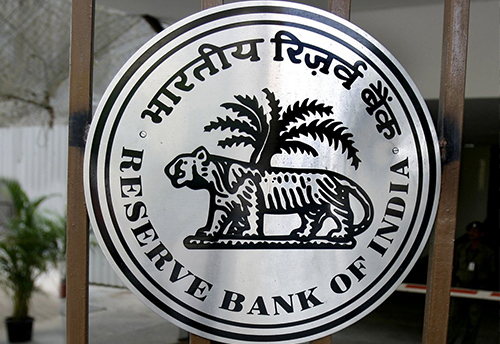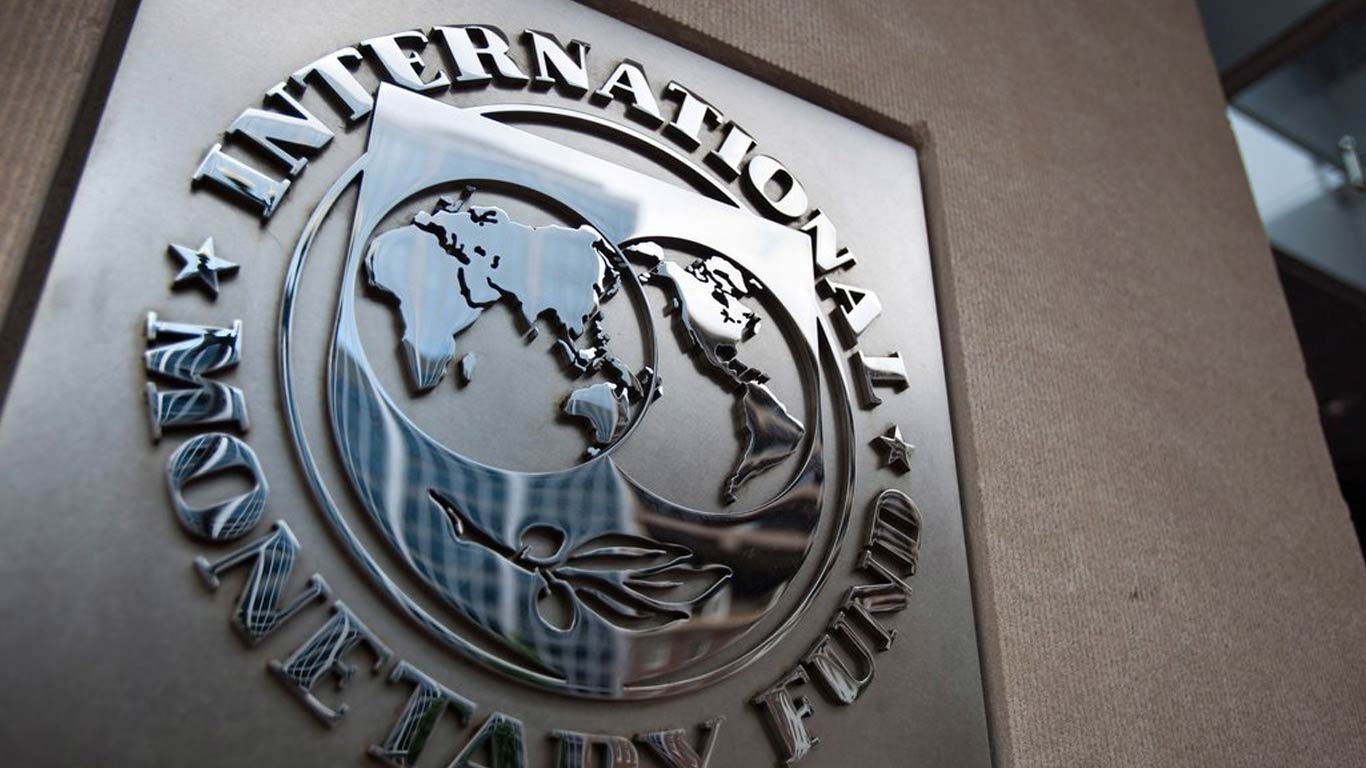RBI revises guidelines for Revival and Rehabilitation of MSMEs
Updated: Mar 18, 2016 06:40:25am

Mumbai, Mar 18 (KNN) The Reserve Bank of India (RBI) has come up with a revised guidelines for Revival and Rehabilitation of Micro, Small and Medium Enterprises (MSMEs).
According to the revised framework, the provisions shall be applicable to MSMEs having loan limits up to Rs.25 crore, including accounts under consortium or multiple banking arrangements (MBA).
Before a loan account of a MSME turns into a Non-Performing Asset (NPA), banks or creditors should identify incipient stress in the account by creating three sub-categories under the Special Mention Account (SMA) category - SMA-0; SMA-1; and SMA-2.
SMA-0 has principal or interest payment not overdue for more than 30 days but account showing signs of incipient stress; SMA-1 has principal or interest payment overdue between 31-60 days; and SMA-2 has principal or interest payment overdue between 61-90 days.
On the basis of the categories, the branch maintaining the account should consider forwarding the stressed accounts with aggregate loan limits above Rs.10 lakh to the Committee within five working days for a suitable corrective action plan (CAP), RBI said.
Forwarding the account to the Committee for CAP will be mandatory in cases of accounts reported as SMA-2.
As regards accounts with aggregate loan limits up to Rs.10 lakh identified as SMA-2, the account should be mandatorily examined for CAP by the branch itself under the authority of the branch manager / such other official (hereinafter referred to as ‘designated official’) as decided by the bank in terms of their Board approved policy.
Other terms and conditions, such as time limits, procedures to be followed, etc., as applicable to the cases referred to the Committee, should be followed by the branch manager / designated official, the RBI added.
Banks, with the approval of their Boards should frame a suitable policy in this regard. The branch manager / designated official should also examine the accounts reported as SMA-0 and SMA-1, if it is deemed necessary.
Any MSME borrower may voluntarily initiate proceedings under this Framework, if the enterprise reasonably apprehends failure of its business or its inability or likely inability to pay debts or there is erosion in the net worth due to accumulated losses to the extent of 50% of its net worth during the previous accounting year, by making an application to the branch or directly to the Committee, wherever applicable..
When such a request is received by lender, the account with aggregate loan limits above Rs.10 lakh should be referred to the Committee. The Committee should convene its meeting at the earliest but not later than five working days from the receipt of the application, to examine the account for a suitable CAP. The accounts with aggregate loan limit up to Rs.10 lakh may be dealt with by the branch manager / designated official for a suitable CAP, said the apex bank.
RBI said that in order to enable faster resolution of stress in an MSME account, every bank shall form Committees for Stressed Micro, Small and Medium Enterprises with certain arrangements.
Further, any lender on identifying an MSME account as SMA-2 or suitable for consideration under the Framework or on receipt of an application from the stressed enterprise, shall forward the cases having aggregate loan limits above Rs.10 lakh to the Committee for immediate convening of meeting and deciding on a CAP. Stressed enterprises having aggregate loan limits above Rs.10 lakh can also directly file an application for CAP to the Committee or to the largest lender for onward submission under advice to all its lenders.
The Indian Banks’ Association (IBA) may prescribe suitable application formats for aggregate loan limits above Rs.10 lakh, for this purpose and it may also prescribe suitable formats for aggregate loan limits up to Rs.10 lakh.
Where an application is filed by a bank / lender and admitted by the Committee, the Committee shall notify the concerned enterprise about such application within five working days and require the enterprise to: (a) respond to the application or make a representation before the Committee; and (b) disclose the details of all its liabilities, including the liabilities owed to the State or Central Government and unsecured creditors, if any, within fifteen working days of receipt of such notice.
Provided that if the enterprise does not respond within the above period, the Committee may proceed ex-parte.
On receipt of information relating to the liabilities of the enterprise, the Committee may send notice to such statutory creditors as disclosed by the enterprise as it may deem fit, informing them about the application under the Framework and permit them to make a representation regarding their claims before the Committee within fifteen working days of receipt of such notice. It is mentioned here that these information are required for determining the total liability of the Enterprise in order to arrive at a suitable CAP and not for payments of the same by the lenders.
Within 30 days of convening its first meeting for a specific enterprise, the Committee shall take a decision on the option to be adopted under the corrective action plan as given in subsequent paragraphs and notify the enterprise about such a decision, within five working days from the date of such decision.
If the corrective action plan decided by the Committee envisages restructuring of the debt of the enterprise, the Committee shall conduct the detailed Techno-Economic Viability (TEV) study and finalise the terms of such a restructuring in accordance with the extant prudential norms for restructuring, within 20 working days (for accounts having aggregate exposure up to Rs.10 crore) and within 30 working days (for accounts having aggregate exposure above Rs.10 crore and up to Rs.25 crore) and notify the enterprise about such terms, within five working days.
Upon finalisation of the terms of the corrective action plan, the implementation of that plan shall be completed by the concerned bank within 30 days (if the CAP is Rectification) and within 90 days (if the CAP is restructuring). In case recovery is considered as CAP, the recovery measures should be initiated at the earliest.
Where an application has been admitted by the Committee in respect of an MSME, the enterprise shall continue to perform contracts essential to its survival but the Committee may impose such restrictions, as it may deem fit, for future revival of the enterprise.
The Committee shall make suitable provisions for payment of tax or any other statutory dues in the corrective action plan and the enterprise shall take necessary steps to submit such plan to the concerned taxation or statutory authority and obtain approval of such payment plan, said the central bank.
The Committee may explore various options to resolve the stress in the account. The Committee shall not endeavour to encourage a particular resolution option and may decide the CAP as per the specific requirements and position of each case. While Techno-Economic viability of each account is to be decided by the concerned lender/s before considering restructuring as CAPs, for accounts with aggregate exposure of Rs.10 crore and above, the Committee should conduct a detailed Techno-Economic Viability study before finalising the CAP.
During the period of operation of CAP, the enterprise shall be allowed to avail both secured and unsecured credit for its business operations as envisaged under the terms of CAP.
The options under CAP by the Committee may include: Rectification; (b) Restructuring (c) Recovery; Time-lines; Additional Finance and more. (KNN Bureau)











